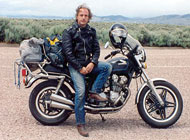Motorcycle Safety: A Good Answer to ‘Why Not?’
Thursday, December 15th, 2011We all know those signs over the highways that alert you to problems, scheduled closures, and such. And during May, which is designated Motorcycle Safety Awareness Month, those signs typically carry the message for drivers to be aware and watch out for motorcycles on the road with them.
 This past May, my wife Judy asked the question, “Why do they only have that message during May? Why don’t they put that up there all year?”
This past May, my wife Judy asked the question, “Why do they only have that message during May? Why don’t they put that up there all year?”
I can now answer that question, and it’s actually a good answer.
Last week I attended a meeting at the Colorado Department of Transportation and one of the people there was Heather Halpape, who works in public relations with CDOT. At one point in the meeting she spoke about messages on those signs so afterward I asked her Judy’s question. Here’s what she said.
First, they do put up that message more often than just in May. They also put it up in August during the time around the Sturgis rally because there are a lot of bikes moving through the state to or from Sturgis. She said there is one other time when they use it as well, though she couldn’t remember off hand when that is.
Second, although the message is an attempt to promote safe driving, it can actually create less-safe conditions. Those signs don’t always have messages on them, but when they do, people make a point to read them. This can lead slowdowns and congestion. We saw that just this past weekend as we were coming down I-25 past the Yale exit. The sign there was alerting people to a closure at Belleview, and we hit congestion approaching that sign. After the sign, traffic sped up and the congestion cleared.
Third, people have been trained that messages are only put on the signs if the matter is important. So they make a point to read them. If there was always a message of some kind, that would just become routine and people would start to ignore the signs. And of course, that would defeat the purpose.
So there you go. Judy had a good question but Heather had a good answer that shows the people working for the state have given real thought to the matter. Kudos to CDOT.
Recent from National Motorcycle Examiner
NHTSA measure advances without helmet mandate
Biker Quote for Today
Don’t let my motorcycle ride interfere with the safety of your phone call.
 This is all set in place because some years ago the motorcycling community asked for it. The general idea is that it is a good thing for everybody to have the folks riding motorcycles actually get some training so they can do it competently. The accompanying concept was that such a program could help to forestall proposals that Colorado institute a mandatory helmet law. That is to say, education and better riding skills do more to prevent traffic fatalities than wearing helmets. Or, to put it differently, crash prevention is better than having safer crashes.
This is all set in place because some years ago the motorcycling community asked for it. The general idea is that it is a good thing for everybody to have the folks riding motorcycles actually get some training so they can do it competently. The accompanying concept was that such a program could help to forestall proposals that Colorado institute a mandatory helmet law. That is to say, education and better riding skills do more to prevent traffic fatalities than wearing helmets. Or, to put it differently, crash prevention is better than having safer crashes.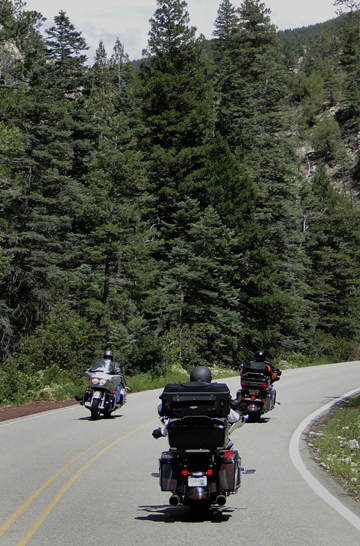 At the request of
At the request of 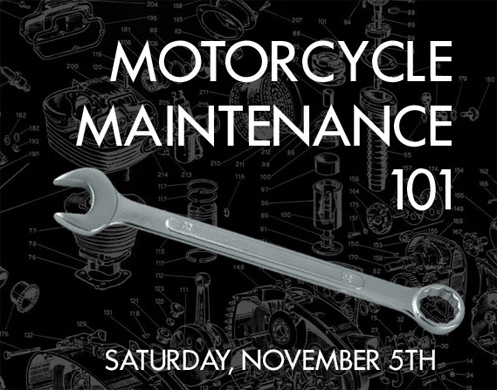
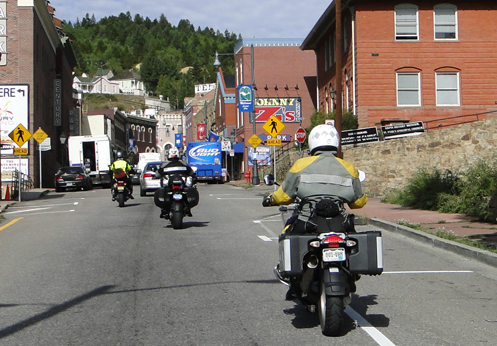
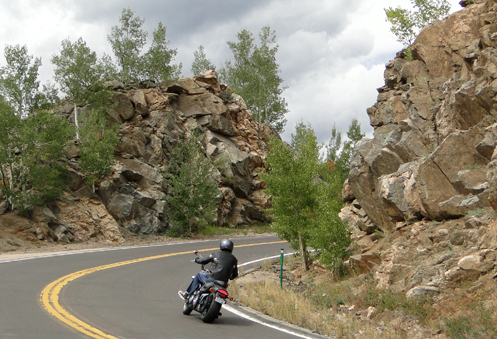
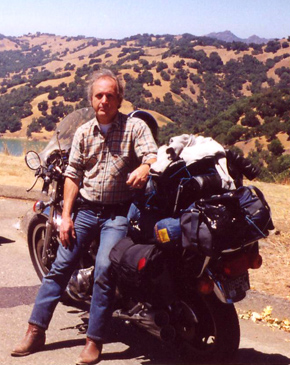 I rode the Honda today. And as I got on it and fired it up I had the same thought I always do anymore when I ride it: Am I going to get home today without any problems?
I rode the Honda today. And as I got on it and fired it up I had the same thought I always do anymore when I ride it: Am I going to get home today without any problems?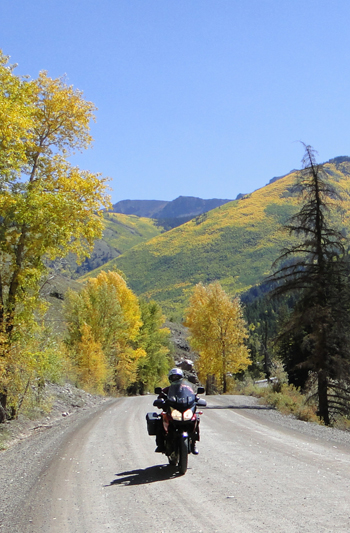 More importantly, we know what that portends. It’s not going to be long and the leaves will be turning and there will be snow. The riding season anywhere higher than the prairie will be ended. Fortunately, the riding season on the prairie never ends, it just takes a hiatus now and then. But I ride 12 months out of the year, every year, no exceptions, and I know others who do the same. It would be different if I lived above 8,000 feet. Maybe even 7,000.
More importantly, we know what that portends. It’s not going to be long and the leaves will be turning and there will be snow. The riding season anywhere higher than the prairie will be ended. Fortunately, the riding season on the prairie never ends, it just takes a hiatus now and then. But I ride 12 months out of the year, every year, no exceptions, and I know others who do the same. It would be different if I lived above 8,000 feet. Maybe even 7,000.